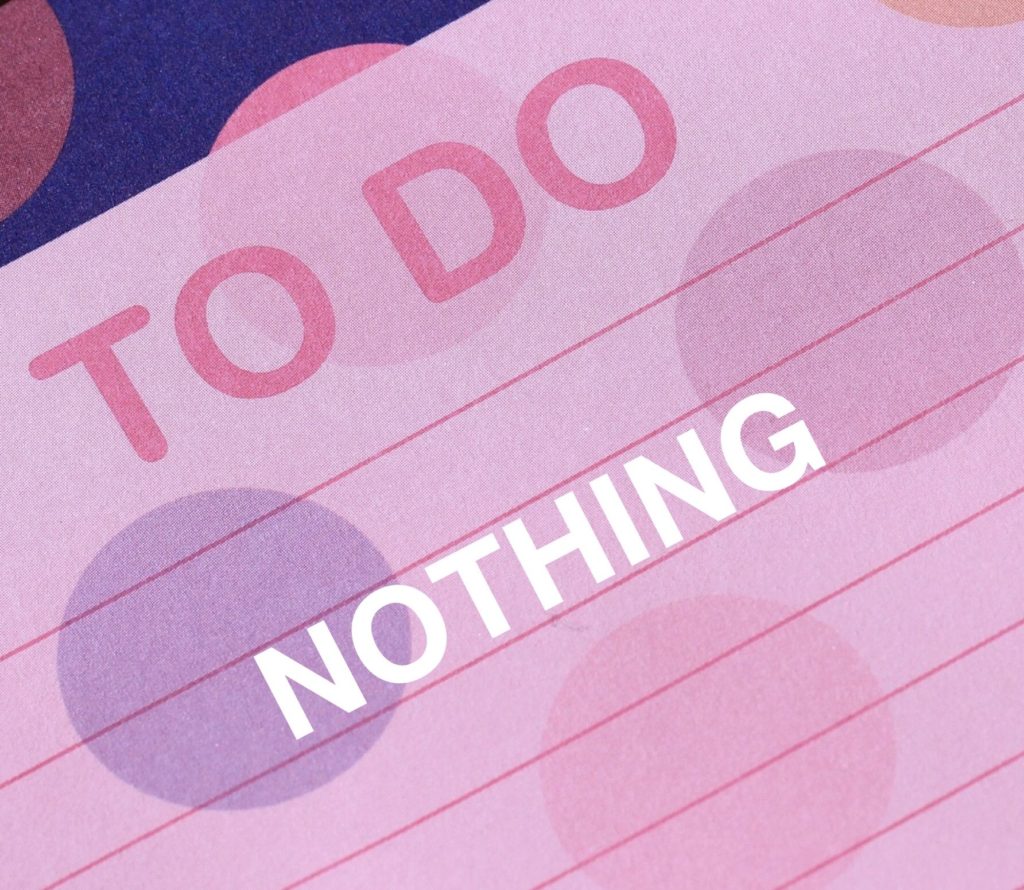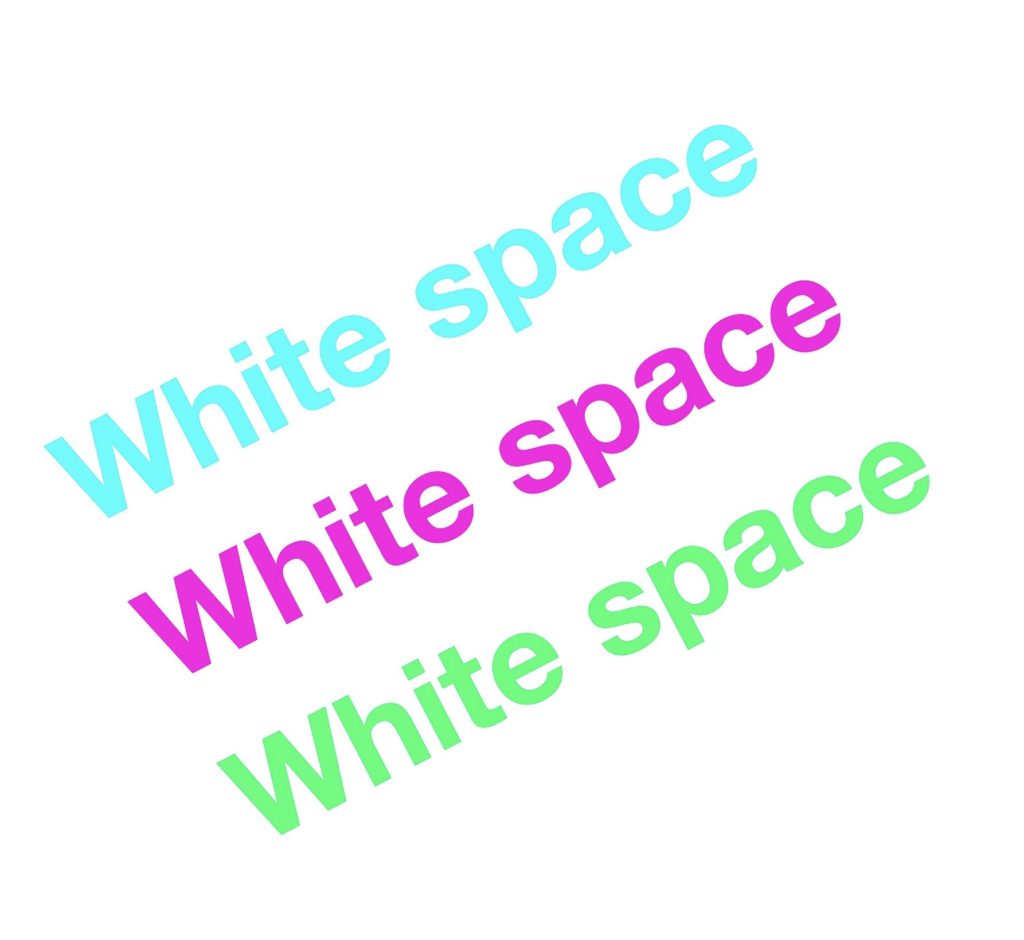A few years ago, I read an interview with one of Obama’s speechwriters. I’ve forgotten their name, but I’ll never forget their quote: “You have to let the white space speak.”
It’s a quote I often share with participants in the public speaking trainings I facilitate, to illustrate the value of pacing and pausing, and the fact that the space we put around our words is as important as the words themselves. The white space creates meaning and context in a talk or presentation; it speaks just as loudly as your voice.
I’ve also been working with white space in a different context for many years. White space is an essential part of graphic design – in magazines, newspapers and on websites. Designers always fight to keep the space between design elements – especially when editors or writers push back for more word space. But white space is there to create harmony and balance, so that the reader isn’t overwhelmed by blocks of text.
White space creates context, meaning, harmony and balance.
White space is super-important. Yet it occurred to me the other day that we don’t often give ourselves permission to put white space into our lives. Well, I don’t anyway.
I’m now in the (good) habit of creating a weekly plan, in which I place all my tasks, appointments and reminders. I go through them methodically and cross them off when I’ve completed each one. It gives me a feeling of control over my time, and I can immediately see how productive I have (or haven’t) been on any given day.
What I rarely schedule is a day with no tasks, appointments or reminders – not even at the weekend. I haven’t been creating white space in my life.
Welcome to White Space Day
I was busy drying my hair when a voice in my head said: “You have to let the white space speak.”
So, on the first Saturday in May, when I didn’t even have any plans for a cuppa or lunch with my lockdown bubble buddy (my brother), I set the intention of DOING WHATEVER I WANTED, including NOTHING.
During my very first White Space Day, I stayed in my pyjamas, spent most of the day in bed (the weather wasn’t great), reading, writing, binge-watching the first season of the long-running zombie series The Walking Dead (there are 10 seasons), eating what I wanted, when I wanted (two breakfasts, vegan ice-cream – wild!) and definitely not looking at my weekly planner.
It felt indulgent, a bit lazy, a bit naughty – but by the end of it I felt really pleased with myself that I’d not ‘achieved’ anything beyond R&R and a bellyful of zombies (well, not literally – you know what I mean).
For some, white space might translate as meditation, sitting or walking in nature and daydreaming. On a different day, that might work for me too. But on that Sunday, it was zombies and reading Julia Cameron’s The Artist’s Way and The Book of Joy (interviews with the Dalai Lama and Bishop Desmond Tutu). In fact, Julia might have said I was basically taking myself on an artist’s date for a whole day.
So what was the result of putting white space into my life – just for one day? Did it create context, meaning, harmony and balance? Let’s check.
- Context: It’s a bank holiday weekend. It’s OK to chill out – so chill out.
- Meaning: It’s a meaningful act to allow myself to do what the hell I want, when I want (within reason).
- Harmony: When I have exercised my own agency, I feel calmer.
- Balance: I’m following the weekly plan six days a week; even God had a day of rest.
Now I’m on the other side – back into my weekly planner – I feel re-energised, more focused and generally lighter. Crossing off tasks seems less onerous. I have more head space. I’ve already had two ideas for blogs.
So what did the white space say?
Coming full circle here, what exactly did the white space speak about? It spoke of gaps through which quiet ideas could seep. It spoke of bold creative possibilities. It spoke of tiny intuitions that might otherwise have been missed. It spoke of pure pleasure and childlike indulgence. It also provided the space in which words could form on paper and on a blank screen.
Conclusion: I am henceforth going to schedule a White Space Day at least once a month, if not once a fortnight. No appointments. No to-do lists. No arrangements. Nothing. I can’t wait to see what emerges.


Leave a Reply